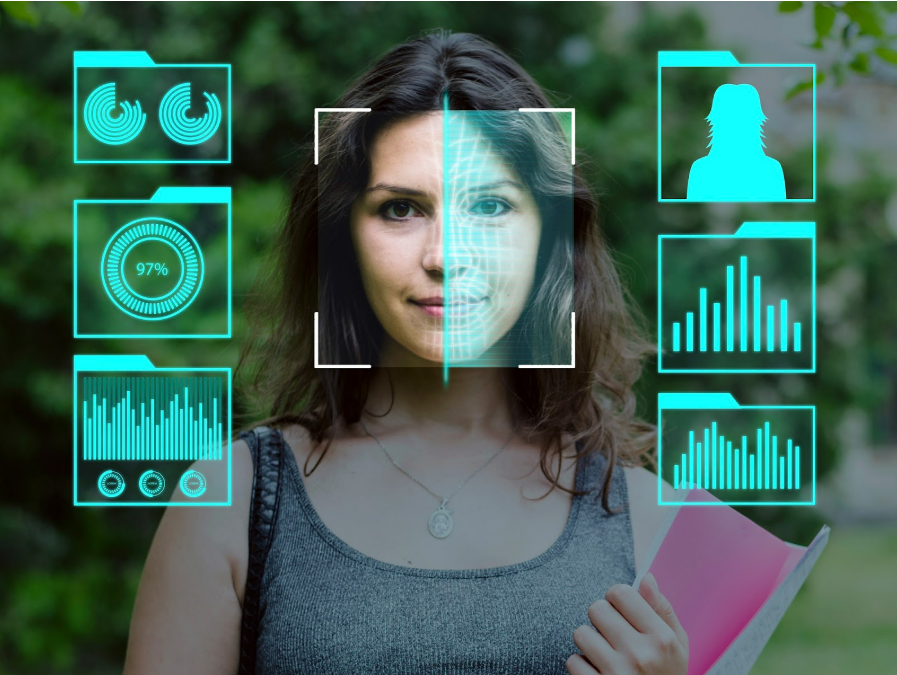The marketing world has changed rapidly in recent years as brands shift toward more personalized and interactive content. Consumers today expect experiences that feel relevant, customized, and engaging across every digital touchpoint. Traditional advertising often struggles to break through this expectation, especially in crowded social media environments where viewers scroll quickly and make decisions in seconds.
As a result, marketers are exploring new ways to capture attention and deliver personalized value. One of the most interesting emerging tools is AI powered face swap video, a technology that allows brands to place a user’s face into existing video content. This simple twist turns ordinary ads into highly personalized experiences that stop viewers mid scroll and encourage deeper interaction. With AI advancing at a rapid pace, face swap technology is becoming more accessible, making it a promising strategy for brands seeking fresh ways to increase engagement.
Why are brands turning to personalized advertising now?
Consumers respond strongly to personalized ads because they feel more relevant and intentional than traditional broad messaging.
Over the past decade, data driven personalization has grown from a marketing trend to an expected standard. A study by McKinsey revealed that 71 percent of consumers expect companies to deliver personalized interactions, and 76 percent are frustrated when this does not happen. Personalization has a measurable impact on performance as well. Brands that excel in personalized experiences generate up to 40 percent more revenue compared to those with average personalization strategies.
This shift is driven by changing user behavior. People interact with their devices constantly, creating new data about preferences, interests, and habits. They also consume a growing amount of short form video, which now accounts for nearly 30 percent of total video watch time across major social platforms. With this shift, marketers have more opportunities to personalize visual content in ways that feel immersive and relevant.
However, traditional personalization methods, such as targeting based on demographics or browsing history, have their limits. They help deliver the right message, but they do not transform the creative itself. AI face swap technology fills this gap by allowing marketers to personalize the actual content in a direct and emotionally engaging way.
How does face swap video create stronger user engagement?
Face swap video places users directly inside the marketing content, which instantly heightens emotional connection and interest.
Research shows that users pay more attention to content that includes human faces. A study from the Journal of Advertising found that ads featuring people can increase viewer attention by more than 40 percent compared to those without. When the viewer sees their own face in the advertisement, the impact becomes significantly stronger. This personal involvement triggers a sense of ownership and curiosity, making the content feel more interactive.
Face swap video allows brands to leverage this effect at scale. Instead of asking users to film themselves, the technology simply maps their facial features onto pre existing video scenes. This makes it possible to produce highly engaging, user centric content without requiring the user to do any heavy lifting. They only need to upload a photo or give permission to use an existing profile image.
When consumers see themselves using a product, participating in a scene, or starring in a brand’s storytelling, the message becomes more relatable. This emotional engagement can drive higher retention, more shares, and increased click through rates. Brands that use these kinds of personalized experiences often see higher interaction compared to standard ads.
How can brands implement face swap technology in practical marketing campaigns?
Face swap video can be used in promotional campaigns, product demos, UGC initiatives, and interactive ad experiences.
Marketers are finding creative uses for this technology across different industries. Here are a few practical applications:
- Product demos. Users can visualize themselves using a product, whether it is wearing a piece of fashion, driving a vehicle, or participating in an activity.
• Viral challenges and social trends. Face swap helps brands join culturally relevant moments in a shareable and humorous way.
• Interactive ads. Brands can allow viewers to create personalized videos instantly from a landing page.
• Fan engagement campaigns. Sports teams, entertainment studios, and gaming brands use face swap to turn fans into characters or athletes.
• Story driven ads. Brands can place users inside cinematic scenes or narratives to make the message more memorable.
In the middle of these applications, marketers are increasingly turning to tools such as AI face swap by Viggle AI. The platform allows brands and creators to insert faces into dynamic video scenes with minimal effort. Its ability to map facial expressions and motion realistically makes it suitable for campaigns that require expressive and high quality visuals.
Using AI tools like this enables marketers to scale personalization without relying on expensive film shoots or complex editing workflows. This lowers production costs and expands the range of possible creative concepts.
What benefits does face swap personalization offer for marketing performance?
Face swap ads increase viewer interest, improve retention rates, and drive more meaningful interactions compared to static creative.
The biggest advantage is the increase in engagement. When viewers see themselves in a video, they are more likely to stop scrolling and pay attention. Personalized content can improve conversion rates by as much as 20 percent because it speaks directly to the user. For social platforms, this often results in higher watch time and more shares.
Another major benefit is differentiation. With so many brands competing for the same audience, marketing teams must find ways to stand out creatively. Face swap video creates a unique impression that traditional content cannot match. Even simple videos become memorable when the viewer appears in them.
Face swap technology also improves the efficiency of creative production. Instead of filming different variations for different audiences, marketers can produce one high quality master video and let the AI customize it for thousands of viewers. This helps teams produce more content in less time, which is crucial for brands operating on social platforms with constantly changing trends and high content demands.
What challenges should brands consider before adopting face swap video?
Brands must consider privacy, consent, and safe usage practices when incorporating face swap into campaigns.
Although face swap technology creates exciting possibilities, it must be used responsibly. Users should always give clear consent before their face is used in marketing content. Transparency builds trust and ensures positive engagement with the brand.
Brands must also protect user data. Facial images are sensitive biometric information. Following best practices for data storage and compliance helps maintain user confidence. It is important for marketers to choose AI tools that prioritize security and ethical usage.
Additionally, brands should be mindful of context. While face swap is great for entertaining or interactive content, it may not suit every product category. Marketers should test their concepts and evaluate how audiences respond to personalized creative. Understanding when and where to use the technology will help ensure that it enhances rather than distracts from the core message.
Conclusion
AI face swap technology is giving marketers a powerful new way to personalize video ads and create more meaningful interactions with audiences. By placing users directly inside a brand’s storytelling, face swap video makes advertising more engaging, more memorable, and more emotionally connected. Tools such as AI face swap by Viggle AI offer accessible ways for brands to deploy this strategy at scale, strengthening campaign performance without the need for complex production. As personalization continues to shape the future of digital marketing, face swap technology is emerging as a valuable solution for brands that want to stand out, increase engagement, and deliver dynamic experiences that make a lasting impression.





